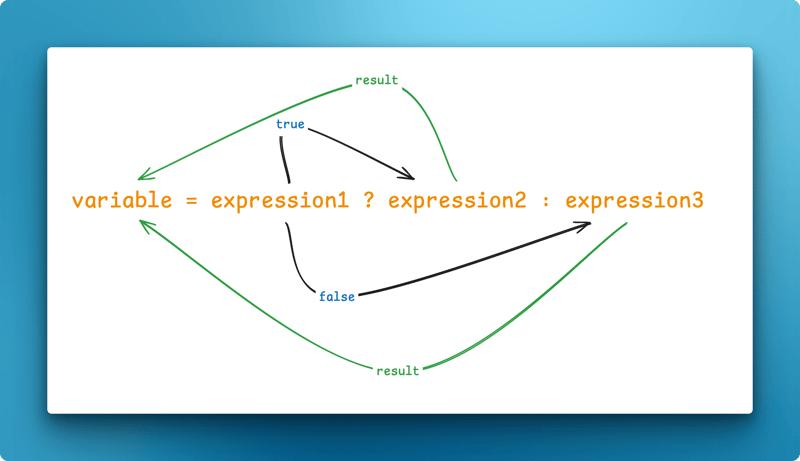Tuples in Python: A Simple Yet Powerful Data Structure
Tuples in Python are an immutable and ordered collection of elements, typically used to store related pieces of data. Unlike lists, once a tuple is created, its elements cannot be changed, making it a great choice for read-only or fixed data. Tuples are defined using parentheses (), and they can hold elements of different data types, such as strings, integers, or even other tuples. One of the major advantages of tuples is their faster performance compared to lists, especially in situations where a constant, unchangeable sequence of values is needed. Because of their immutability, tuples are also hashable, meaning they can be used as keys in dictionaries—a feature not available with lists. This makes tuples ideal for representing data like coordinates, database records, or constant configurations. Tuples support indexing, slicing, and iteration, which makes them easy to work with in loops and functions. Although they are immutable, you can still perform operations like concatenation or repetition to create new tuples. They also integrate smoothly with functions that return multiple values, enabling elegant unpacking and assignment. While tuples are not typically used for Searching in Data Structure problems due to their fixed nature, they can still play a supporting role in such algorithms by storing data in structured, consistent formats. Understanding tuples is essential for writing clean, efficient, and reliable Python code.

Tuples in Python are an immutable and ordered collection of elements, typically used to store related pieces of data. Unlike lists, once a tuple is created, its elements cannot be changed, making it a great choice for read-only or fixed data. Tuples are defined using parentheses (), and they can hold elements of different data types, such as strings, integers, or even other tuples.
One of the major advantages of tuples is their faster performance compared to lists, especially in situations where a constant, unchangeable sequence of values is needed. Because of their immutability, tuples are also hashable, meaning they can be used as keys in dictionaries—a feature not available with lists. This makes tuples ideal for representing data like coordinates, database records, or constant configurations.
Tuples support indexing, slicing, and iteration, which makes them easy to work with in loops and functions. Although they are immutable, you can still perform operations like concatenation or repetition to create new tuples. They also integrate smoothly with functions that return multiple values, enabling elegant unpacking and assignment.
While tuples are not typically used for Searching in Data Structure problems due to their fixed nature, they can still play a supporting role in such algorithms by storing data in structured, consistent formats. Understanding tuples is essential for writing clean, efficient, and reliable Python code.










































































































































































![[The AI Show Episode 143]: ChatGPT Revenue Surge, New AGI Timelines, Amazon’s AI Agent, Claude for Education, Model Context Protocol & LLMs Pass the Turing Test](https://www.marketingaiinstitute.com/hubfs/ep%20143%20cover.png)





























































































































![From Accountant to Data Engineer with Alyson La [Podcast #168]](https://cdn.hashnode.com/res/hashnode/image/upload/v1744420903260/fae4b593-d653-41eb-b70b-031591aa2f35.png?#)




































































































.png?#)











































































































































![Apple Watch SE 2 On Sale for Just $169.97 [Deal]](https://www.iclarified.com/images/news/96996/96996/96996-640.jpg)

![Apple Posts Full First Episode of 'Your Friends & Neighbors' on YouTube [Video]](https://www.iclarified.com/images/news/96990/96990/96990-640.jpg)


































































































































